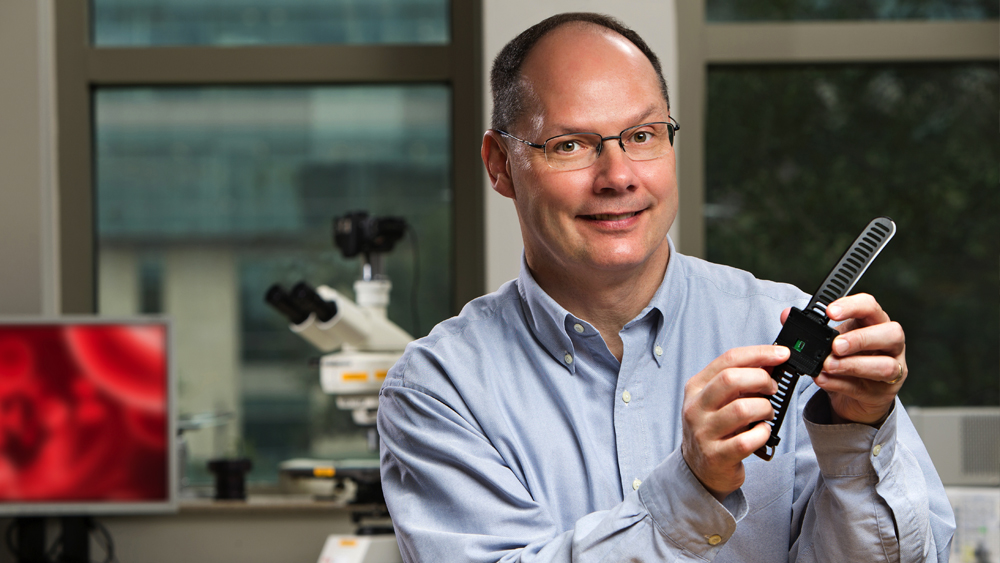
Dr. Gerard Coté, director of the Center for Remote Health Technologies and Systems, Texas A&M Regents Professor and holder of the James J. Cain Professorship I, received the Walston Chubb Award for Innovation from Sigma Xi, the Scientific Research Honor Society.
“I am honored that I was considered to receive the Chubb Award from Sigma Xi and that the committee felt our research merited their high standards for promoting creativity in science and engineering,” Coté said. “I say ‘our work’ as much of what has been accomplished has been a team effort with my students, staff and colleagues.”
Coté was recognized for his leadership in the development of biomedical optical systems for an array of medical applications with clinical impact. Along with a stipend, Coté will be recognized and present at this year’s annual meeting and student research conference, which will be held virtually in November.
“Since the award is focused on innovation, and the audience is broad, including distinguished scientists and engineers from multiple disciplines, as well as high school, undergraduate and graduate students, I plan to discuss engineering for impact with a focus on technologies for monitoring health at the point-of-care,” Coté said.
The endowed award was formed to recognize research into new areas of potential scientific importance, novel approaches to a long-standing problem in science or engineering, or research that may create a new methodology of importance to science or engineering.
Remote Health Technologies and Systems
The Center for Remote Health Technologies and Systems is developing breakthrough remote health technologies, algorithms and health analytics as well as using advanced systems engineering to solve the global health grand challenges and enable healthy living. These powerful advances are not only helping to answer the critical needs of patients and providers, they are shifting the health care landscape from disease management to disease prevention.
